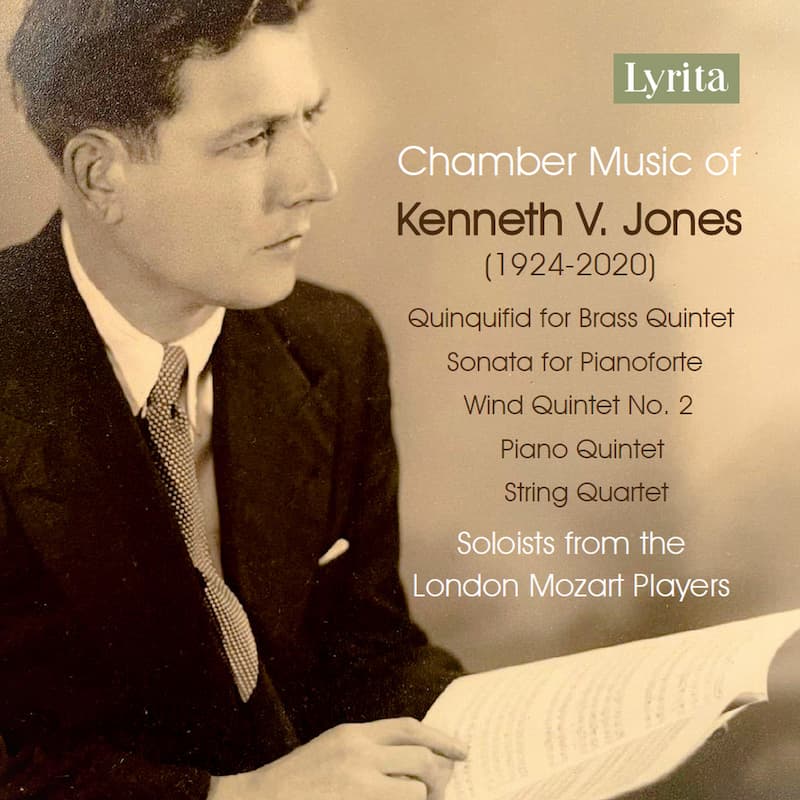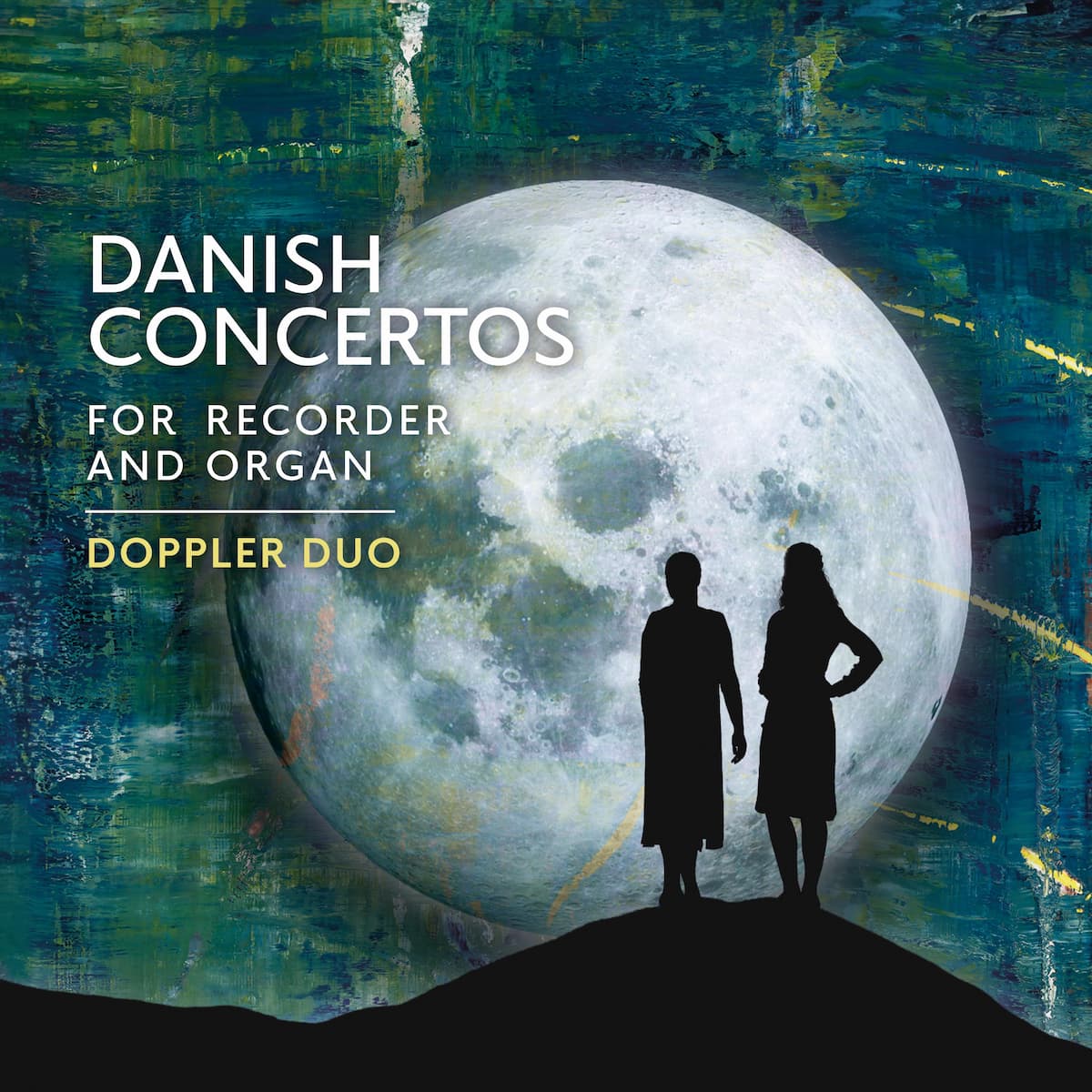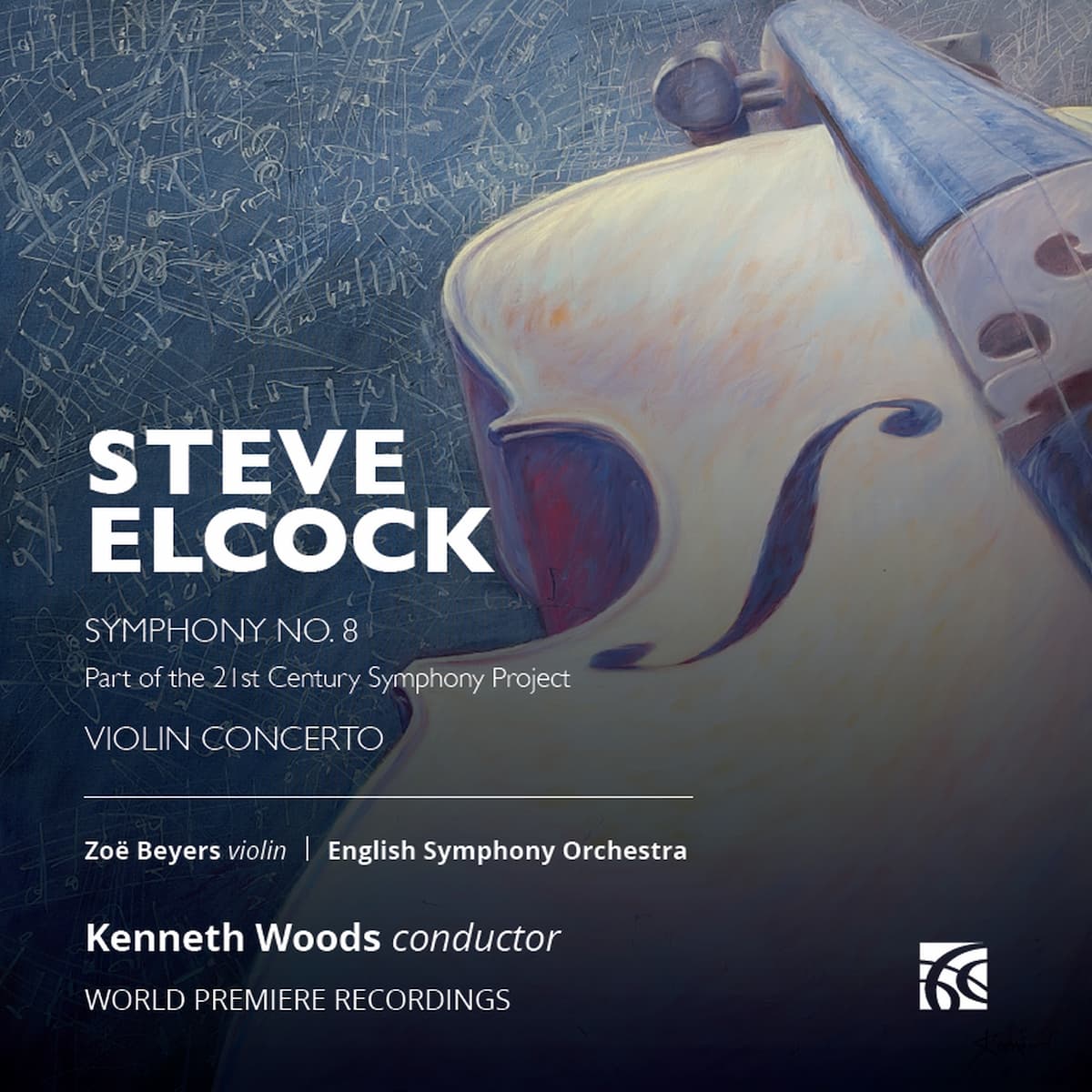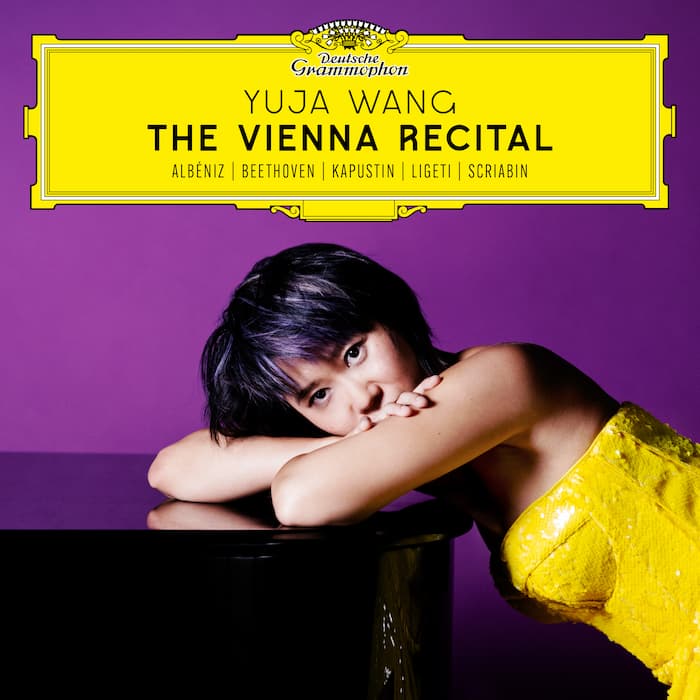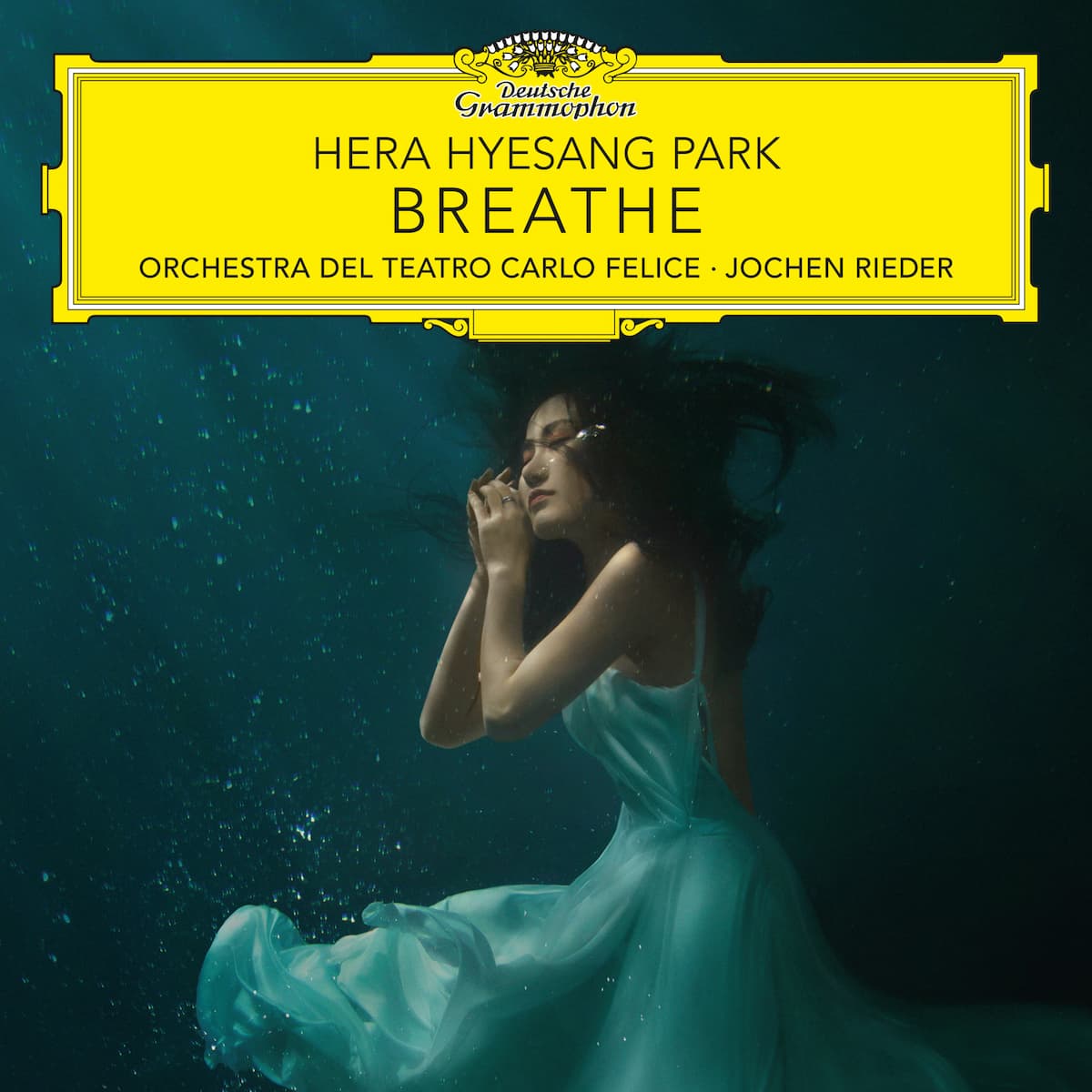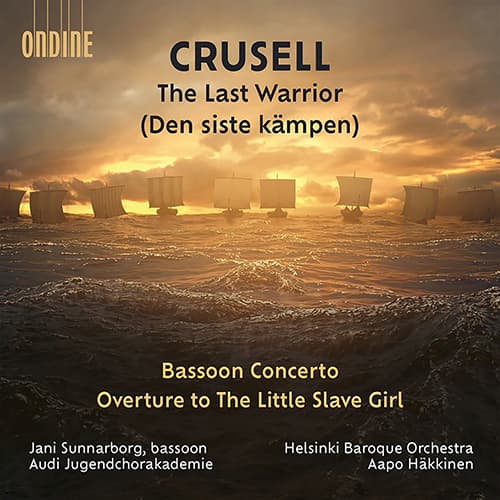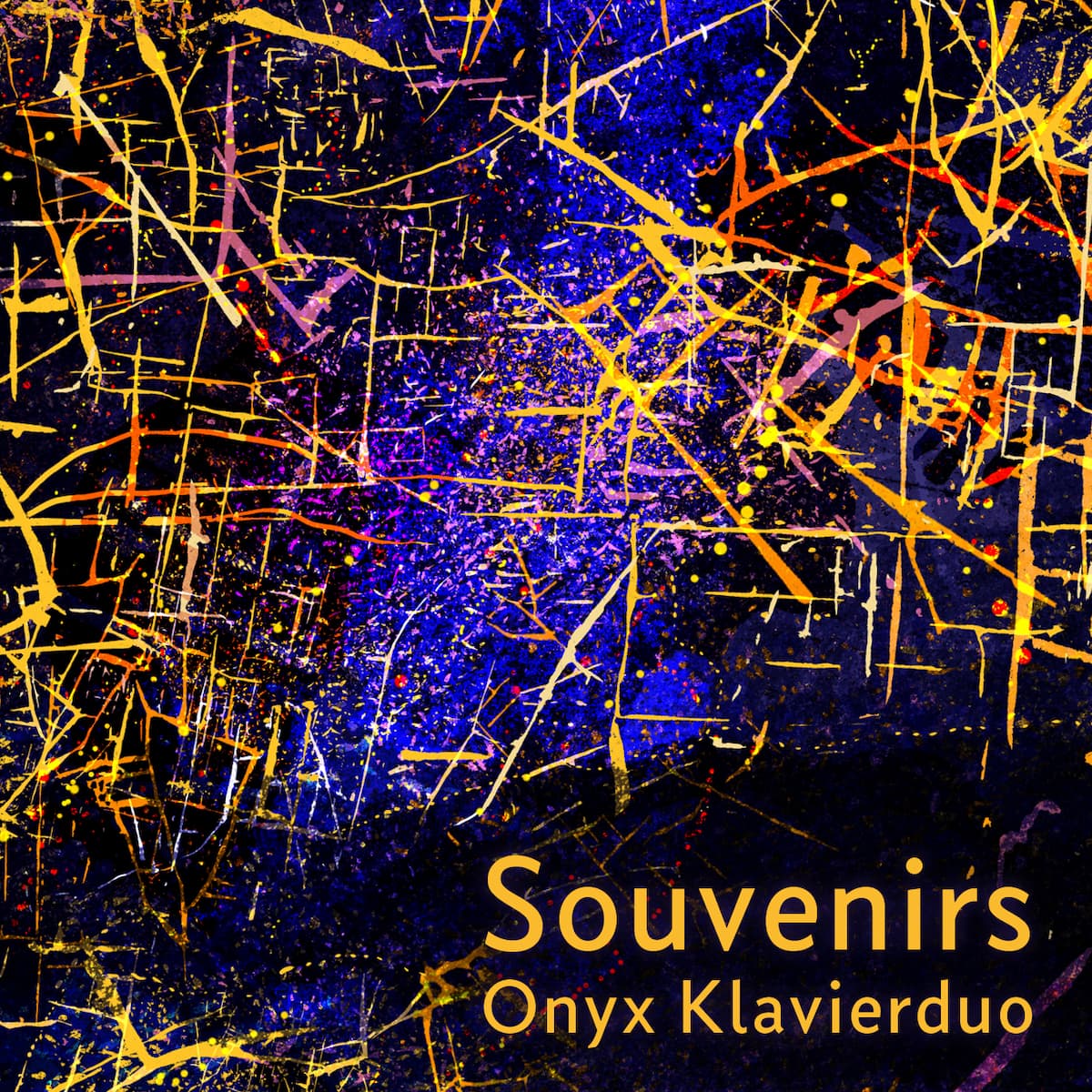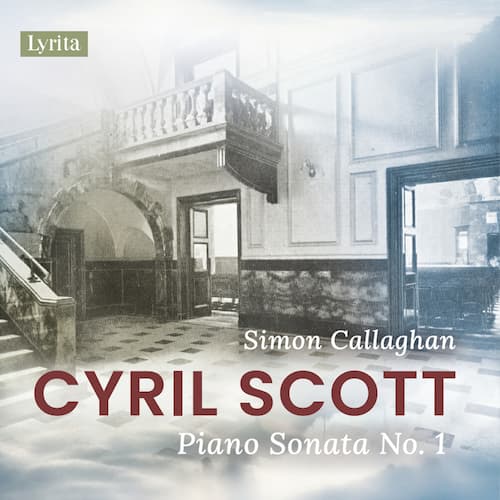British composer Kenneth Jones (1924–2020) is celebrated in a new release from Lyrita Records. Jones’ Chamber Music, as performed by soloists from the London Mozart Players, brings together his first award-winning works from 1950 to his 1980 work, Quinquifid, for
My music
The combination of one of the largest musical instruments and one of the smallest musical instruments shouldn’t work. The former, the organ, which is large enough in most institutions to require its own building, and the latter, the recorder, which
In a new recording coming from Nimbus, South African violinist Zoë Beyers, with the English Symphony Orchestra, takes on English composer Steve Elcock (b. 1957) and his 2006 Violin Concerto. Elcock is quite a discovery. Self-trained as a composer, he
The idea of a recital – a single performer on their own stage, showing the best of themselves – is an old idea. Some Romantic performers, such as Liszt and Paganini, were best known through their recitals. The opportunity to
Korean soprano Hera Hyesang Park’s new album on Deutsche Grammophon, Breathe, had its roots in the COVID crisis. Ms. Park was confronted with the sudden death of her loved ones and a realization that there were a lot of unexplored
Finnish composer Bernhard Crusell (1775–1838) was considered the greatest composer of Finnish descent, before Sibelius. Finland, at the time, did not exist as a country, it was part of the Swedish kingdom, so it was in the capital city of
One of the most wonderful ensembles in the world is the piano duo. More than just adding two more layers to any piano work, it adds up to 10 more layers. The German Onyx Piano Duo’s (Marie-Thérèse Zahnlecker and Jonas
British composer Cyril Scott (1879–1970) was one of the early 20th-century composers in England who looked beyond the classical tradition to forge his own path. Unfortunately, this singular vision has led to his being virtually dropped from the performance repertoire.

